How to add salt to onions?
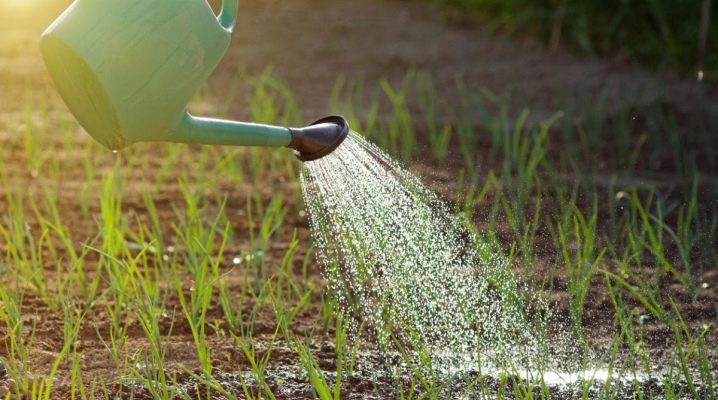
The cultivation and cultivation of garden crops provides in each case, certain features of care, as well as the availability of appropriate knowledge and skills. At the same time, despite the rich arsenal of modern agrotechnical measures and special preparations, many summer residents prefer ancient folk remedies. It is in this context that it is worth considering how to pour saline on onions.
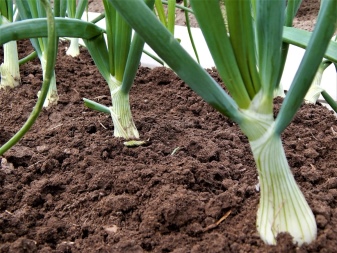
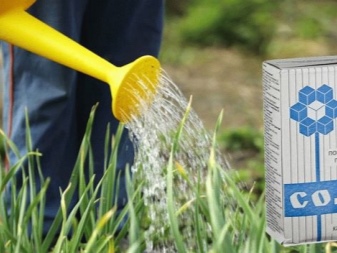
Salt properties
Even with strong immunity, a culture such as onions can get sick and, therefore, require treatment, as well as appropriate preventive measures. Thus, the appearance of yellow feathers is one of the signs of the attack of the onion fly, which is the most dangerous pest. It has been proven by many years of practice that competent and moderate watering of plants with a saline solution allows you to completely overcome the parasite, which in itself minimizes the risk of developing diseases. By the way, this technique can be regarded as additional feeding.
The use of this tool is one of the most affordable, environmentally friendly and relatively safe for the culture itself.... The effectiveness of the processing method lies in the fact that the female pest cannot get to the base of the bulb and lays eggs on the upper scales.
As a result, during the next watering with the addition of manganese and other agents, larvae and pupae, deprived of protection, will die.
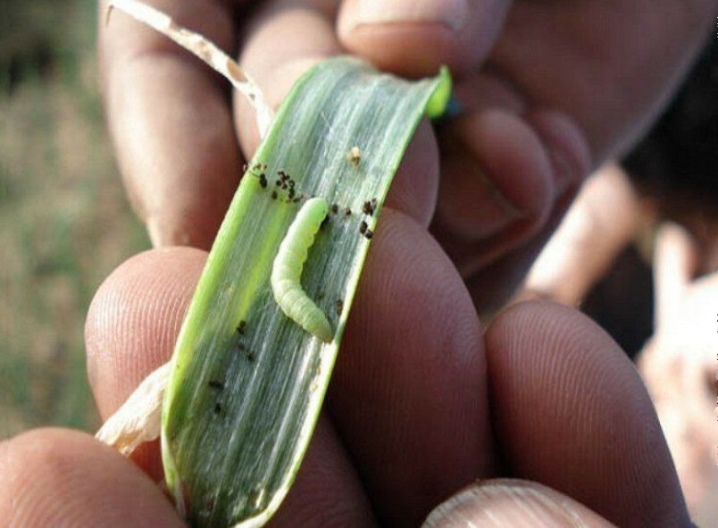
The key advantages of the described method are determined by the properties of the salt itself and are as follows.
- Safety of use. The main thing in this case is to correctly use insecticides and fertilize plantings with minerals, using protective equipment.
- Ease of use of the product. Preparation of the solution is a simple process that requires minimal time and money. All that is required is to dilute the salt with water in certain proportions. Any convenient or affordable container is suitable for this. It is recommended to take the cheapest salt without any additives as an ingredient.
- Environmental friendliness, due to the fact that the solutions used do not pose a threat to the environment. Subject to the rules for their preparation, they will be harmless, including for the soil. The main thing is to prevent the accumulation of salt in it.
- Efficiency salt water when fighting onion fly. It should be noted that this is the main purpose of such irrigation. The main thing during processing is to observe the proportions and frequency of activities, which in combination will help rid the onion planting of the pest.
- Stimulant properties... The fact is that the described tool is not so much a fertilizer as a stimulant. The components of the solution contribute to the better assimilation of the necessary trace elements by the plant. That is why it is recommended to use nutrient complexes when feeding.
- Availability and minimal costs... Salt can be purchased at any grocery store and is inexpensive.
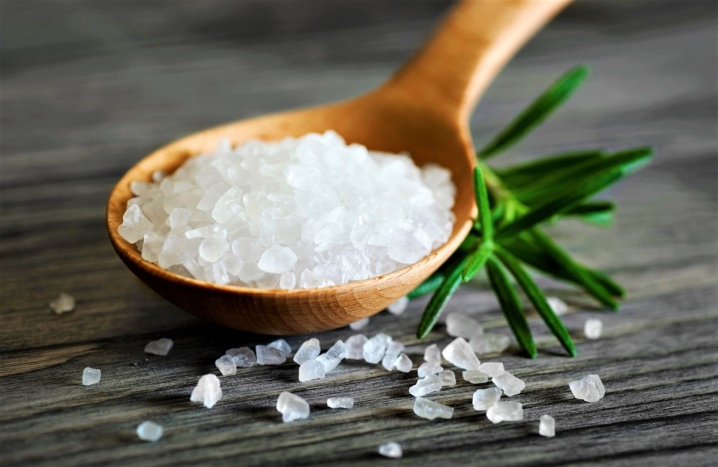
It is important to note that the considered method of onion care has both supporters and opponents.
The latter defend the point of view according to which the properties of salt can have a negative impact on both the soil and the potential yield. And we are talking, among other things, about the violation of metabolic processes due to saline solutions.
As a result, harmful microelements and ammonia accumulate.An equally important point is that an excess of Na, which is the main component of salt, provokes alkalinization of the soil.
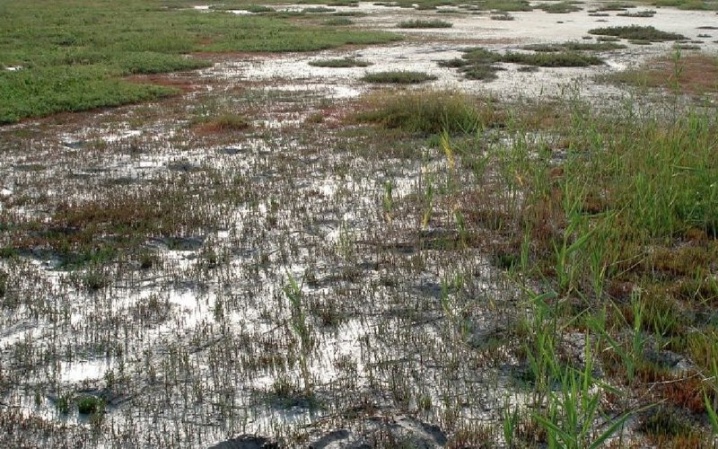
How to prepare the solution?
In practice, gardeners use two types of saline solutions to effectively resist this pest. These are one- and two-component mixtures. The preparation and use of the first one is as simple as possible and looks like this.
- In 10 liters of pure water, 300 g of ordinary or iodized salt are diluted. Many add another 2-3 tablespoons of ammonia as a plant feed. It is important to observe the ratio of the components.
- The resulting solution is poured over onions at the rate of 200-250 ml for each onion.
- The second treatment is performed with an interval of 2-3 weeks. To do this, 400 g of salt is dissolved in 10 liters of water. In this case, ammonia is no longer added.
- With severe planting infestations, another watering may become necessary. At the same time, the third run provides for an increase in the salt content in the mixture to 500 g with the same volume of water.
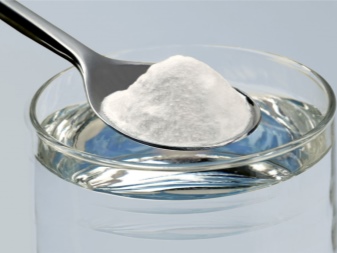
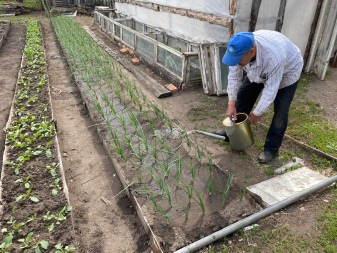
A popular folk recipe for the preparation and use of a multicomponent salt solution for onions.
- In a bucket of clean water, 100 g of salt, 40 ml (4 tablespoons) of ammonia and several crystals of potassium permanganate are isolated.
- Consumption is 1 bucket of mixture per 1 square meter of planting. It is important to remember that the onion must be treated with this solution about a month and a half before it is fully ripe.
The main feature and advantage of such a mixture is its one-time use for processing the beds. However, re-watering may sometimes be required.
This must be done no later than three weeks before ripening. and also it is necessary to remove ammonia from the composition.

Application rules
The key to effective control of harmful insects and stimulation of onion growth will be compliance with the recommendations regarding the dosage of the main ingredient of the solutions and the regularity of watering. An equally important point is the activities that should be carried out in between treatments of onion beds, namely:
- removal of yellowed feathers;
- loosening the soil;
- ash introduction;
- timely disposal of heavily affected bulbs.
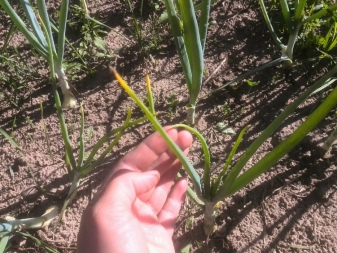

It must be remembered that large fly larvae appear in the period from late spring to early summer. It is at this time that it is best to water the plantings with a saline solution.
The optimal time for such agrotechnical techniques is early morning or late evening. The second option involves the usual watering before adding a mixture with salt, which prevents salinization of the fertile soil layer.
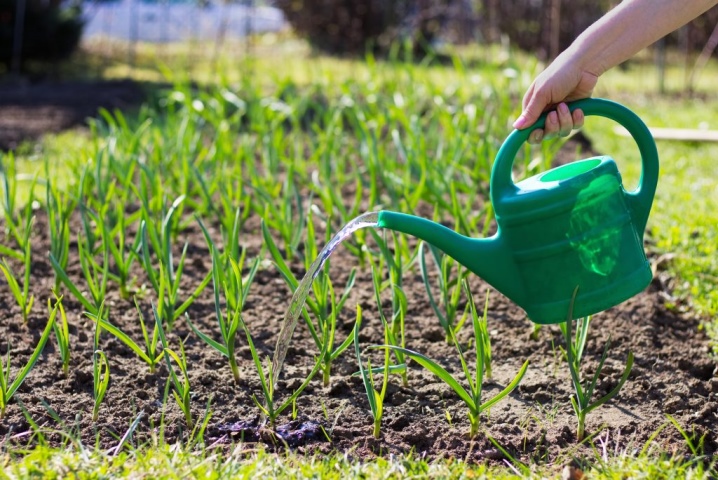
Top dressing
The introduction of the described solutions to feed the plants is as follows.
- First watering - carried out a week after the emergence of seedlings in the open ground or greenhouse. It is important here that all planted plants hatch. Add a tablespoon of salt and three tablespoons of ammonia to a bucket of water. To make evaporation less intense, it is better to add the mixture in the evening.
- Second feeding - is carried out approximately 3-4 weeks after the first stage. Salt and ammonium nitrate are used as components of the solution. Onions are also watered in the evening and at the very root, trying not to let the solution get on the feathers.
- Stage Three feeding, involving the addition of superphosphate to the salt. Experienced gardeners advise for this to purchase a humified version, which is more useful, since it contains natural growth stimulants. A spoonful of salt and 2 tablespoons of the specified substance are added to 10 liters of water. It is recommended to use the resulting mixture after watering, which will prevent burns of the root system.
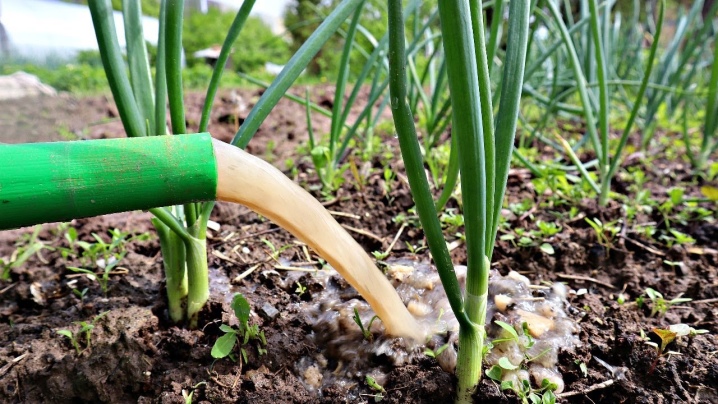
Pest control
As already indicated, the main enemy of the described culture is the onion fly. Fighting it with salt, or rather saline solutions, has the following important features.
- It is required to conduct periodic inspections of the beds in order to detect pests. The indicator will be, in particular, the active yellowing of the feathers, as well as the presence of a worm in the soil when removing the bulbs. Moreover, the latter can emit a pungent and unpleasant odor. In such situations, immediate processing is required.
- Only freshly prepared solutions should be used.
- During watering, it is required to soak the soil by about 10 cm. Typically, 10 liters of salt mixture is enough to treat 1 square meter of planting.
- It is recommended to repeat the fight against the pest at intervals of 10 days. In this case, no more than three procedures are allowed. If the first two approaches did not lead to the desired results, then the salt concentration is increased.
- As part of the last watering, it is necessary to properly moisten the soil around the bulbs.
- The remains of the solution must be washed off the surface of the beds and green feathers.
- A few hours after salt treatment, the onion is poured with clean, preferably warm water.
In addition to all of the above, some experienced farmers soak the seedlings in saline solutions for several hours.
As a result, the top scales become saturated with salt, which forces the fly to look for other places to lay eggs.
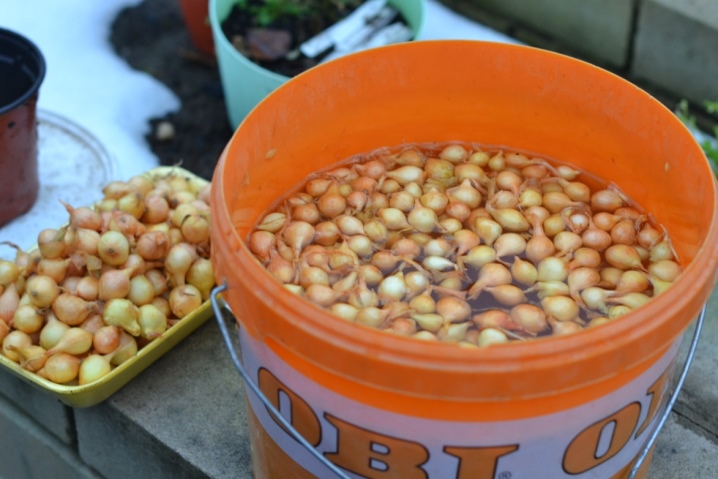
Precautionary measures
In this case, it is worth focusing on the opponents of the described method of onion care. When analyzing the precautions when using salt mixtures, it is worth highlighting three important points.
- Onions react negatively to increased salt concentration in the soil. If there are not enough feathers, a bulb will begin to form. This will negatively affect the yield.
- It has been proven that the effect of salt leads to disruption of nitrogen metabolism in plants. This in turn leads to the build-up of ammonia.
- Na and Cl, which are the main components of the substance under consideration, are able to displace calcium from the earth, which is a soil compactor and is necessary for the life of plants.
Considering all of the above, the use of saline solution, regardless of its purpose and effectiveness, should be done with the utmost care. The main thing is not to overdo it with the dosage, that is, with the amount of salt itself.

It is also important to consider that when cultivating a crop, water the soil around each head so as not to catch the feathers. Otherwise, chemical burns are possible.
One of the most potential dangers of using saline solutions to treat plants in vegetable gardens is the risk of alkalinization of the soil. To avoid such consequences, it is recommended to alternate watering with salt with other procedures. So, some lay out cardboard soaked in creolin or kerosene. It is advised to sprinkle the aisles with ash and red pepper, as well as lay wormwood in these places. However, it is worth remembering that such measures are popular, and, therefore, there is no official confirmation of their effectiveness.
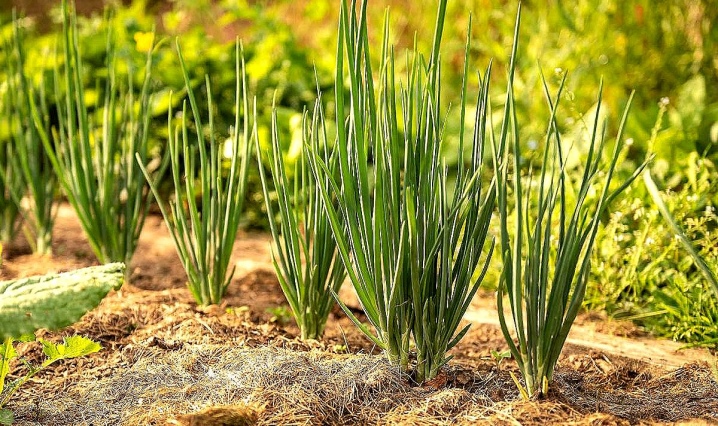













The comment was sent successfully.